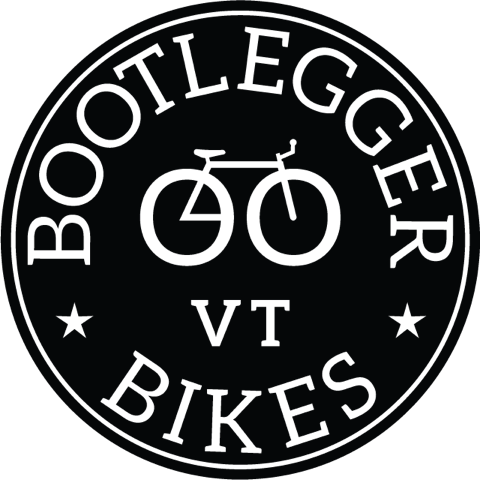Becoming Familiar with Electric Assist Bicycles
With a relatively new introduction to the bicycle market E-bikes can be a very broad topic and a little confusing. We get a lot of folks asking about details around e-bikes, so we drafted this summary to help folks get a better understanding of what exactly E-bikes are and what to look for when shopping for the right E-bike.
1. Pedal Assist Bicycles or E-bikes are typically broken down into three different classes that differentiate their level of being "motorized" or electric assistance.
These classes are defined by the industry standard established by the Bicycle Product Suppliers Association (BPSA) and PeopleForBikes:
-
Class 1: These e-bikes are equipped with a motor that provides assistance only when the rider is pedaling, and it ceases to provide assistance when the bike reaches a speed of 20 miles per hour (32 kilometers per hour).
-
Class 2: These e-bikes have a motor that can be used to propel the bicycle without pedaling, but the motor stops providing assistance when the bike reaches 20 miles per hour (32 kilometers per hour). Class 2 e-bikes often come with a throttle that allows riders to control the speed without pedaling.
-
Class 3: Similar to Class 1, Class 3 e-bikes have a motor that assists only when the rider is pedaling, but the assistance continues until the bike reaches a speed of 28 miles per hour (45 kilometers per hour). Class 3 e-bikes are not allowed to have a throttle.
Something to consider and be aware of is that Class 1 and Class 2 e-bikes are typically limited to a motor size of 750W, while Class 3 e-bikes can go up to 750W but are restricted to a speed of 28 mph (45 km/h).
It's important to note that these classifications may be subject to local or state regulations, and rules can vary. Different countries may have their own classifications or adopt different speed limits for each class. Additionally, regulations can change, so it's advisable to check the specific laws and regulations in your area for the most up-to-date information. Always refer to the local authorities and regulations to ensure compliance with e-bike laws in your region.
2. Pedal Assist E-bike motors are typically one of two designs. The Mid-drive motor vs hub-drive motor.
4. Power Output.....Motor Size vs Battery Sizes vs Motor Output
There are generally 3 ways to define ebikes, but really only one of them matters to most of us. Power output in Watts, Battery capacity in Watt Hours, and Torque output in Newton-Meters.
- Watts. This is the measurement of power output of the electric motor, but its not the best way to determine how much assist you're really getting. So, while this is part of defining an e-bike and its motor sizes, we suggest focusing more on torque (Newton-Meters) described below. Something to consider and be aware of is that Class 1 and Class 2 e-bikes are typically limited to a motor size of 750W, while Class 3 e-bikes can go up to 750W but are restricted to a speed of 28 mph (45 km/h).
- Watt-hours. This is a measurement of battery size or capacity. Folks like to talk about this, but it doesn't really matter. A well designed and engineered e-bike system will have an appropriately sized battery for the type of motor and style of bike. Again here, we suggest focusing more on torque output in Newton-Meters.
- Newton-Meters. This is the torque output measurement of the drive system. Generally, it will be between 40nm and 100nm on pedal assist E-bikes. Generally, hub driven gravel and road bikes will have a torque output of 40nm while large cargo bikes with Mid-drive motors will have an output of 85nm. And then some bikes like the Aventon Ramblas have a torque output of 100nm. 100 and even 85nm is a lot of torque!!!
